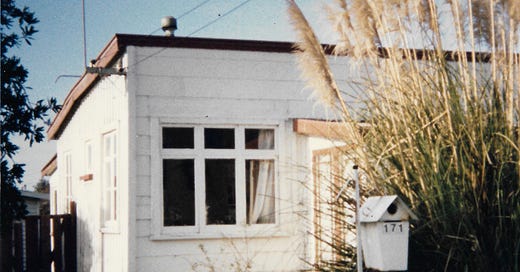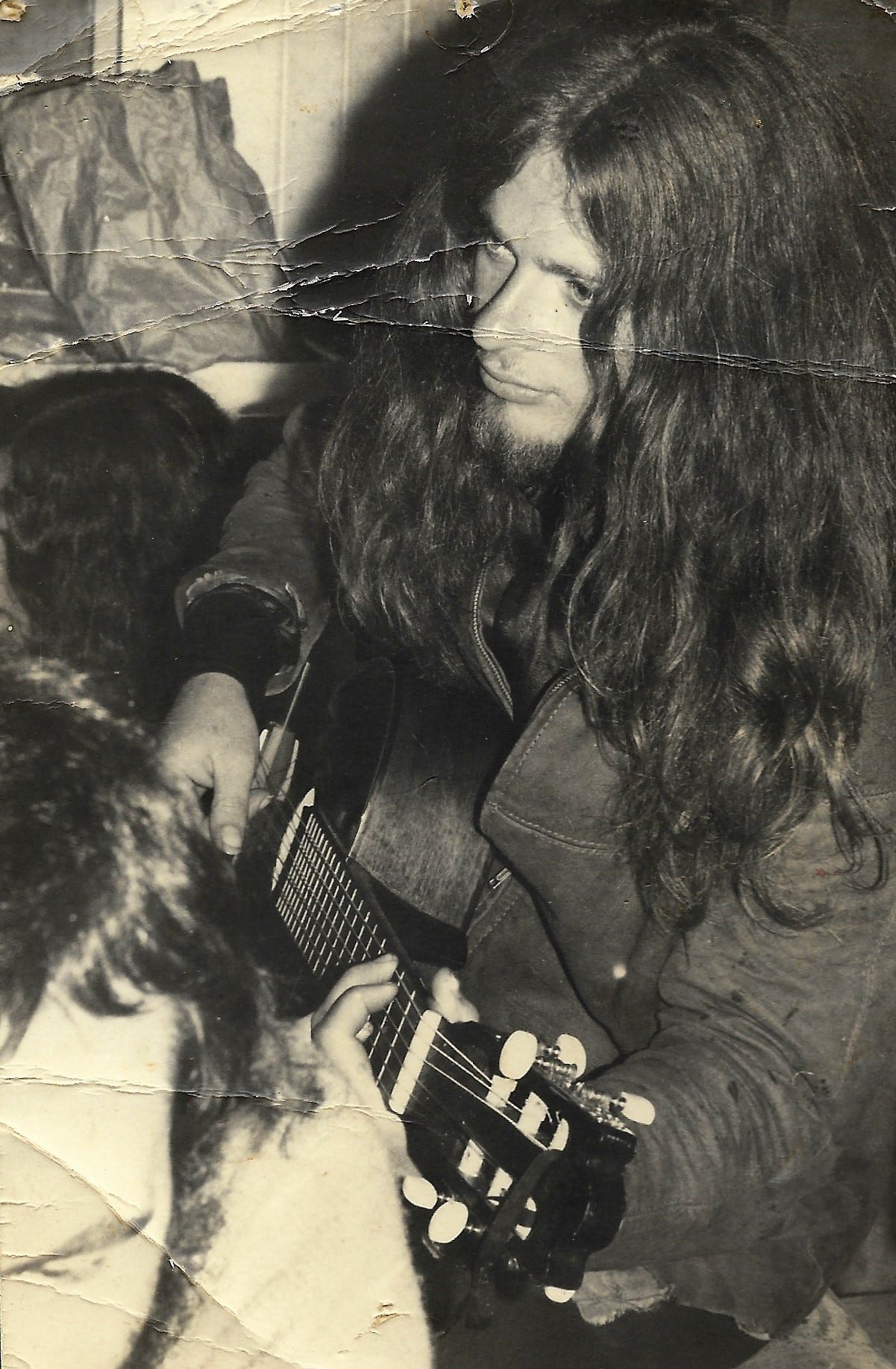I must have been about 4 years old. I couldn’t go to sleep without music. We were living in Union Street, New Brighton, in Christchurch.
Entertainment came from the radio or the record player back then and there was always music in our home. I remember calling out to my parents to put on another record, or turn it over, because I couldn’t go to sleep in silence. Something that has continued to this day. I always listen to music or a podcast as part of my routine to close my mind from replaying my day, or focusing on what I have to do tomorrow.
One of those records I listened to back then was a Big Bill Broonzy 78. Minding My Own Business is one of the first songs I remember listening back then. I still love it.
Later I would perform some of his songs in my blues repertoire, such as When I’ve Been Drinking.
It’s fascinating that he copyrighted over 300 songs in his career, yet his fame was overshadowed by people like Robert Johnson who only ever recorded 29 songs.
Broonzy left Mississippi to escape racism and his records were in fact sold as ‘race records’ mostly for a black audience. Another song my parents had on 78, that I loved was the story of John Henry, the ‘steel drivin’ man’ who took his hammer to the captain and said he was ‘gwine’.
John Henry was actually a real person who was convicted of theft in 1866, sent to the penitentiary and worked alongside steam-powered drills, building the Lewis Tunnel in Virginia for the C&O Railroad. They were pretty much treated as slave labour, and his rebellion made him a folk hero.
What is a 78? It’s a thick black record made of brittle shellac that plays at 78 rpm or rotations per minute. The original record players had a big fat needle and records were often scratched as people lifted the needle off the record, or the record player was bumped, forcing the needle to slide over the grooves.
Many years later at my Glen Eden Intermediate school, and other fund-raising galas around the country, people would pay to throw cricket balls at 78 records mounted on pedestals, and win prizes based on the number they smashed. I never liked that. Sometimes, I would rummage through the boxes to see if there was anything I thought should be saved and ask if I could buy it. I rescued a few, most of which sadly got broken over the years, becoming even more brittle over time.
Now they are becoming harder to come by. One that I saved included Little Richard’s Tutti Frutti and the label says ‘featuring an electric guitar’.
Another which I saved, but was disgusted by, and wondered how it found its way to New Zealand had a song called “I caught a n**** in the cornfield”, and I felt it should be kept just as an example of the world my blues idols grew up in.
In Episode 36 of the great podcast ‘A History of Rock Music in 500 Songs’ by Andrew Hickey, he tells a great story of how the great Carl Perkins, a close friend of Elvis Presley, who wrote Blue Suede Shoes, cried when he went to a record store to buy a copy of his latest record and the owner of the music store presented him with a record made of vinyl.
He wanted a real record. He was eventually pacified when the owner explained that this was the way young people wanted to buy their records. The fact that Hickey’s podcast is based around 500 songs may have influenced my decision to base this book around the same number.
Later I would perform some of his songs in my blues repertoire, such as When I’ve Been Drinking. It’s fascinating that he copyrighted over 300 songs in his career, yet his fame was overshadowed by people like Robert Johnson who only ever recorded 29 songs.
Eventually, my parents got tired of being disk jockeys for me and bought me a clockwork radio. You had to wind it up to give it the power to play and the power wasn’t enough to drive a speaker, but it came with a couple of earplugs, the father of those we wear today.
Some 50 years later, my daughter Tracy bought me one which she knew I would like because I love technology. But I don’t think I had told her how important my first one was.
The radio sat on the white wooden window sill above my bed. Each night I would wind it up, painstakingly get the fiddly dial to tune onto a station that played music, and I would go to sleep.
As any kid does, I would toss and turn in my sleep, pulling on the cord attached to the radio and wake up when there was no give anymore and the radio had been pulled down and fell on my head. Sometimes the cable would have to be soldered back onto the circuit board.





For me it was a crystal set radio, a present I got as a kitset and had to assemble when I was 10. Many nights I would wake up being almost garotted by the earplug cords. Not a lot of station choices in those days with the heavily regulated environment. "You tell the young ones that today and they won't believe you". :-) Mostly listened to music but on Sunday nights the old version of National Radio used to broadcast audio books in serial format. For some reason I only remember one which was High Citadel by Desmond Bagley. PS. now I can fall asleep anywhere, anytime. Staying asleep is another matter!